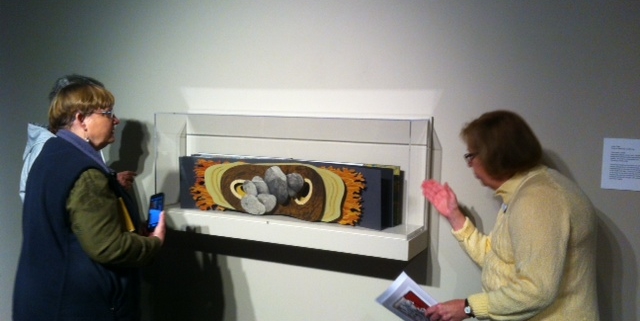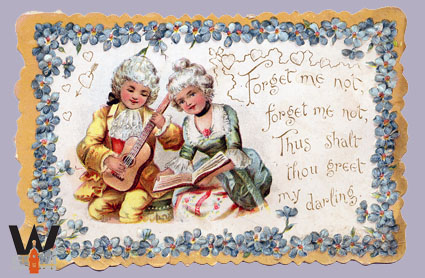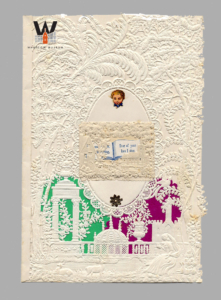
A group of museum docents after training in preparation for touring the Philip McCracken exhibition in the spring 2016.
If you’ve visited the museum recently you’ve probably noticed some new faces leading gallery tours. In November seven trainees joined the docent ranks and are eager to share information, ask and answer questions, and provide insights into Lightcatcher exhibitions. These accomplished docents come from diverse backgrounds and careers, from teaching to neuroscience to design work, but the one common interest that drew them was their love of art. Learn a little more about our newest docents:
Phyllis Self says she became a docent to become more deeply involved with the museum and to broaden her understanding of art. Since moving here in 1988 she has assumed many civic roles including chairing the task force for restoring the Mount Baker Theatre together with her husband and serving as a Whatcom Community College trustee and chairing its foundation. She is currently on numerous non-profit boards in the community. Phyllis is an accomplished pastel landscape artist, and she recently received the Mayor’s Arts Award.
Antonella Antonini, PhD, is a retired neuroscientist who worked at the University of Pisa and the University of Verona before coming to the US. At the University of California’s San Francisco Center for Integrative Neuroscience she continued her research until 2003 when she and her husband retired to Bellingham. She has pursued her passion for the arts by completing a Bachelor of Art in Art History at Western Washington University and volunteering at the Western Gallery. For years Antonella has practiced Nui-do, traditional Japanese silk embroidery, and studied pietra dura mosaic techniques in Florence, Italy. Read more →








